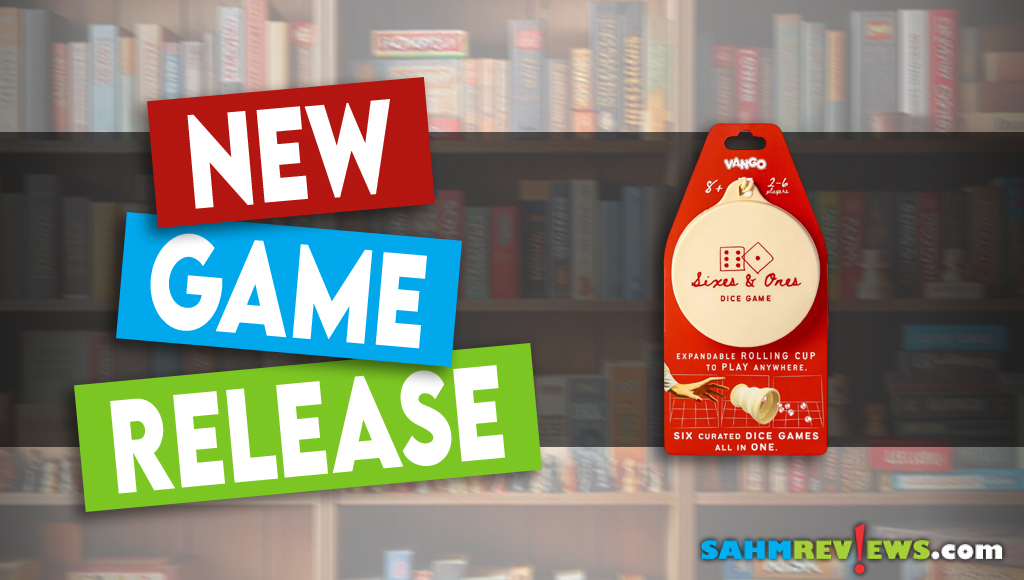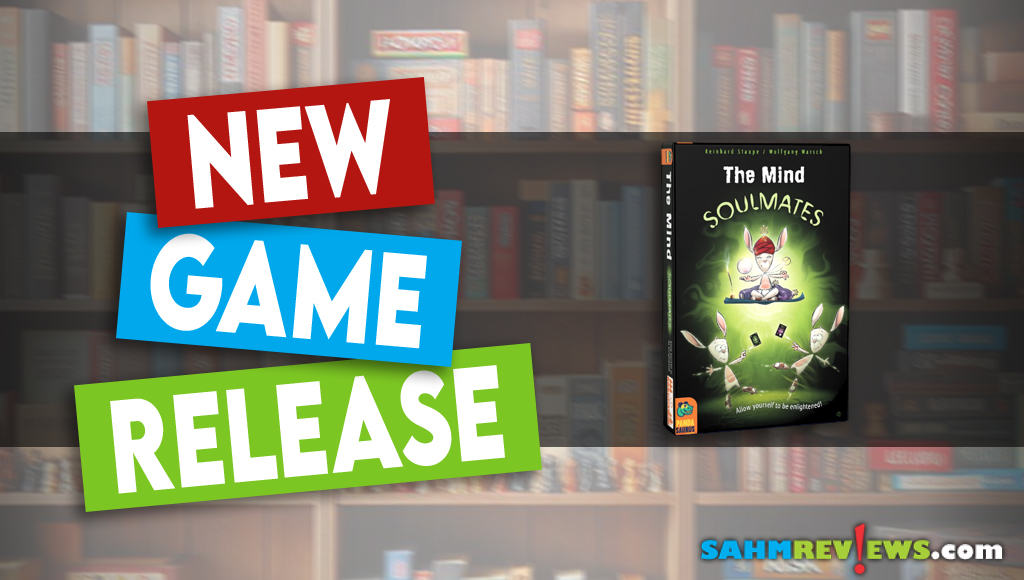Meeples & Monsters Bag-Builder Game Overview
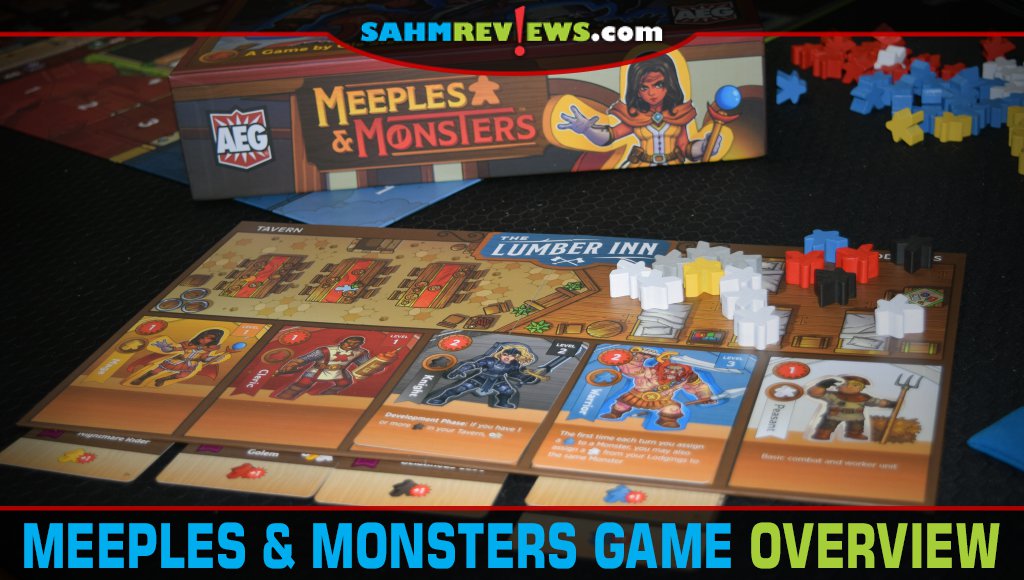
It’s been more than a few years since we told you about the bag-building game, Orleans. It’s a game where you’re accumulating resources and placing them into a bag to be used on future turns. There’s a great deal of luck involved as you randomly pull pieces out, but it also requires a lot of forethought as to what you place into the bag in the first place. While there are a handful of bag-building games like this, it’s the same concept used in deck-building games such as Dominion, Star Realms and Legendary. Other than adding things to a bag and drawing them out, Meeples & Monsters from Alderac Entertainment Group didn’t remind us of any of the others we have played in this genre. Let’s talk a little more about it to see how to play.
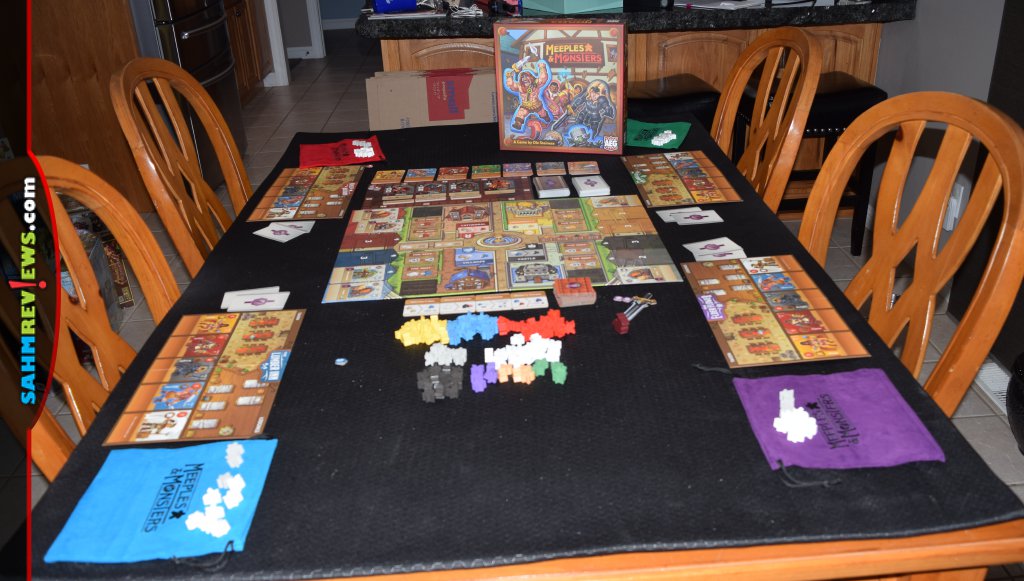
Before I say anything else, I want to assure you that the “Monsters” in this game aren’t scary. Honestly, I didn’t much pay attention to the card pictures. So if you have a younger gamer who is adept at strategy, deck building or more complex games, don’t be afraid to let them play. The objective is to amass the most points by completing quests and other activities. To set up the game, place the City board in the center of the table, the Final Encounter board alongside then give everyone a player board. Meeples are sorted by color to create a general supply. Each player receives three gray and seven white meeples, a bag, player tokens and two quest cards. The Final Encounter board is populated with Henchmen and Dark Overlord cards and random bonus tokens. A Monster deck is carefully prepared with Dark Council Arrives cards which act as the game’s timer. Six monsters are drawn and placed based on the district/color identified on the card. Location tiles are shuffled and will be used to build the city, creating spaces that offer various types of bonuses when meeples are placed there. That will make so much more sense in a minute.
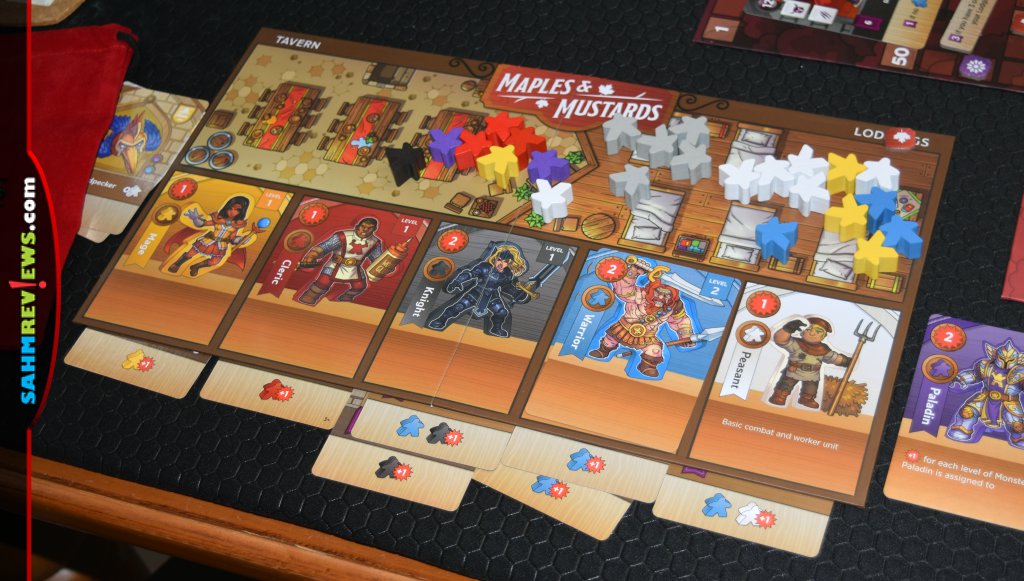
There are a couple things to note. After a player completes their turn, the city is checked for monsters and more added until a total of six exist at the start of the next player’s turn. On your turn, you’ll draw a number of meeples based on the round and you’ll only have those at your disposal for that turn. You’ll want to take actions that improve what is in your bag while also working to complete objectives and conquer monsters. It’s a balancing act throughout the entire game and you’re always at the mercy of what you draw.
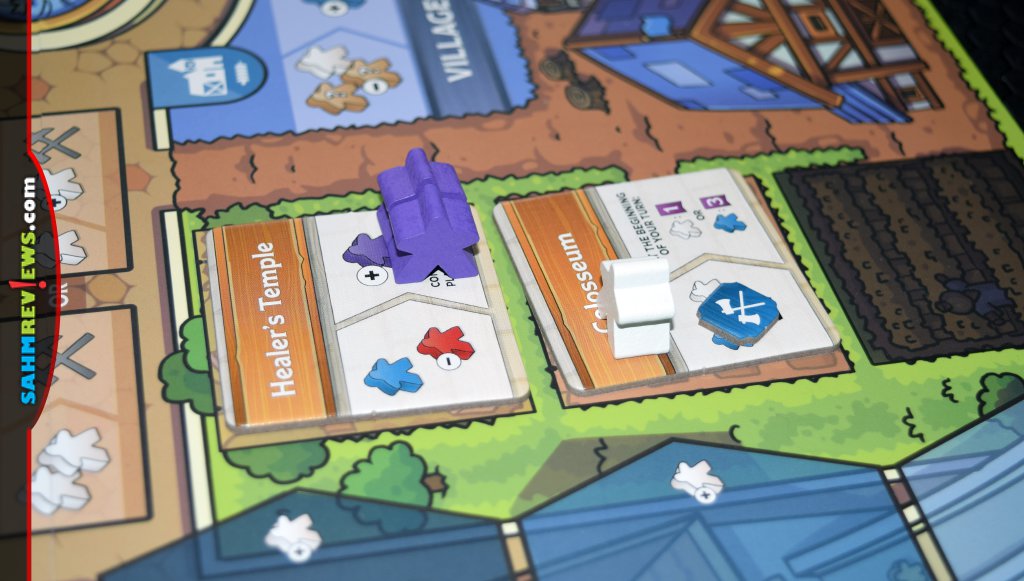
Each turn consists of three stages: Development, Main and Draw. In the Development Phase you’re able to build new locations or level up your character. The Main phase is the bulk of the turn where you’re sending your team to accomplish specific tasks. Drawing is basically the cleanup phase where you repopulate the monsters (as I mentioned above) and draw new meeples and place them in the tavern in preparation for your next turn.
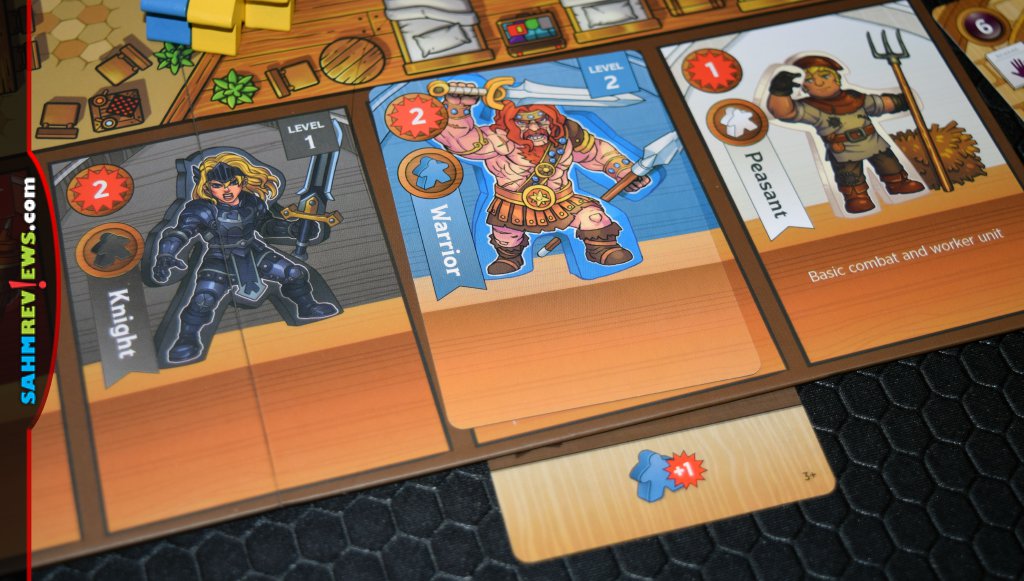
Each of the various meeples have different abilities and trigger different actions in various districts of the town. They also have different strengths and can earn bonus values by leveling up during the Development phase or conquering a monster. Once a meeple has been used during the turn, it moves from the tavern side of your board to the lodging side. They’ll remain there until your bag is empty, then you’ll refill it with all the villagers in the lodging area. What I didn’t mention is that the grey meeples represent corruption and they don’t do anything. You cannot send them into the city to work, battle or do anything else. The white meeples are peasants and have only rudimentary value, making them less able to succeed in battles against monsters. Lessening the number of peasants in your muster, the better chance you’ll have of drawing more powerful ones.
Unlike many other battle games, there aren’t dice involved which means combat comes down to nothing more than the quantity of fighters, their strength plus bonuses against the monster. Since you’re able to see all the monsters, you know whether you’ll be able to triumph or not before you even attempt the combat. Whenever you win, you earn the card either and designated points, slide it under your board to reflect a future bonus or set it aside to match up with quest cards.
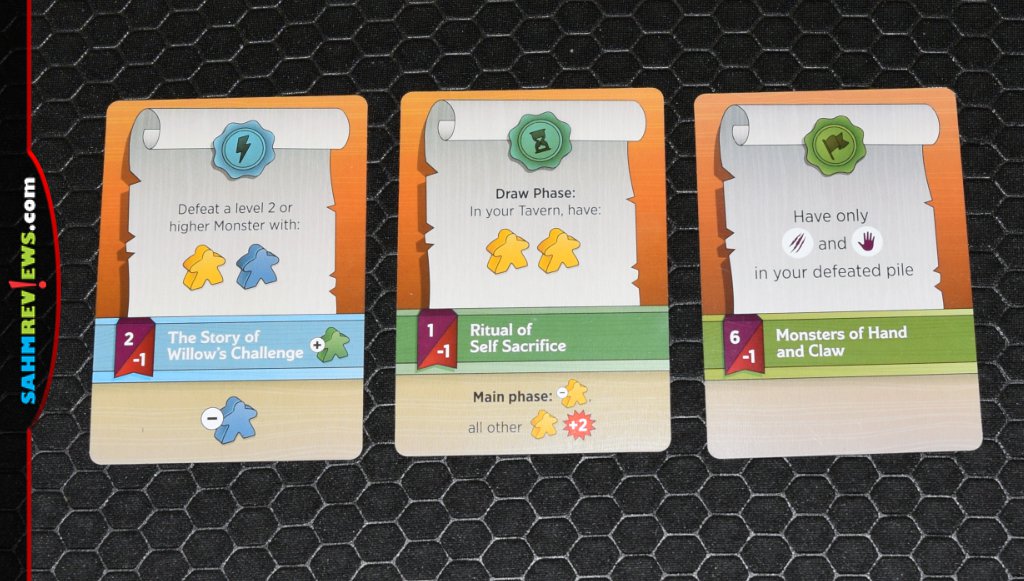
Quests are where a lot of the points come from. There are three types: Triggered, Ongoing and End of game. You’ll tally end of game Quest cards if you’ve met the conditions when all rounds are over. On the flipside, you’ll lose points if you haven’t met those so find ways to discard those. Ongoing quests give the player a bonus for their units, in addition to any designated points. You’ll complete a triggered quest as soon as you’ve achieved whatever the designated objective is. It will earn the noted bonus (often additional units) in addition to the noted victory points.
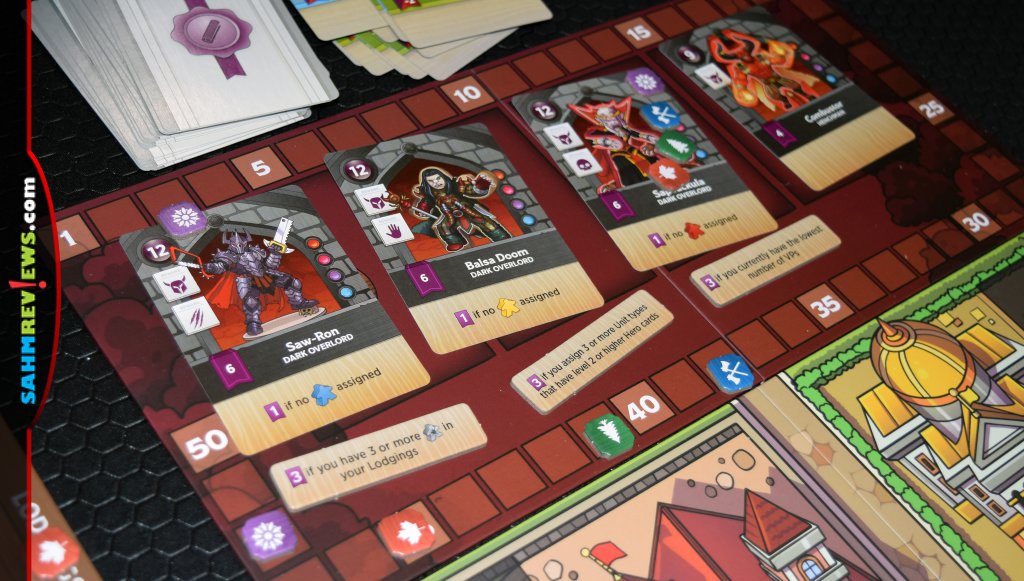
When enough monsters have been defeated, the Dark Council arrives. Unlike monsters in the city that go to the player who defeated them, everyone will have the opportunity to defeat the Dark Council monsters. Because of their higher strength, it will take units with bonuses or upgrades to be able to conquer them. Additional victory points are earned if you’re able to accomplish it while meeting those restrictions.
This may seem like an overly simplified explanation of how to play Meeples & Monsters, but it really is a straightforward game. There are a lot of moving pieces and decisions to make based on what you’ve drawn out of the bag. But since each player completes their turn before the next begins, the gameplay doesn’t involve getting in one another’s way or blocking each other from taking specific actions. The most impact a player has on others is by conquering a monster, thus shifting the makeup of the board. While the box is labeled 14+, that’s really a stretch. It can easily be played by younger gamers with a little direction the first few times they play. It’s one of the many excellent games in the AEG catalog and can be purchased direct from their website, at local game stores or on Amazon. Keep an eye out here and on our social channels as we feature some of their newest titles including Dead Reckoning and Shake that City. Get the latest news and updates direct from Alderac by following them on Facebook, Twitter and Instagram.
Have you played a “bag-builder” before?
